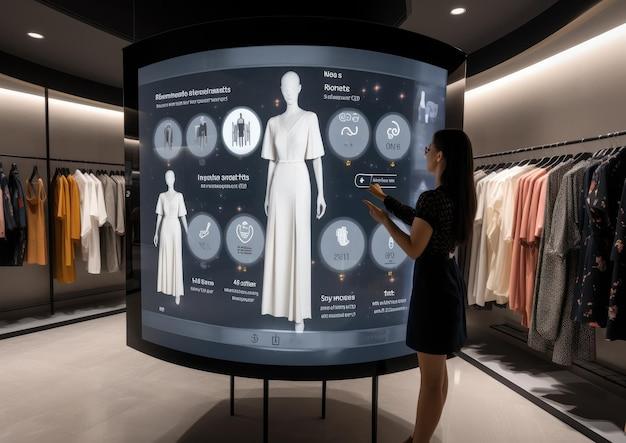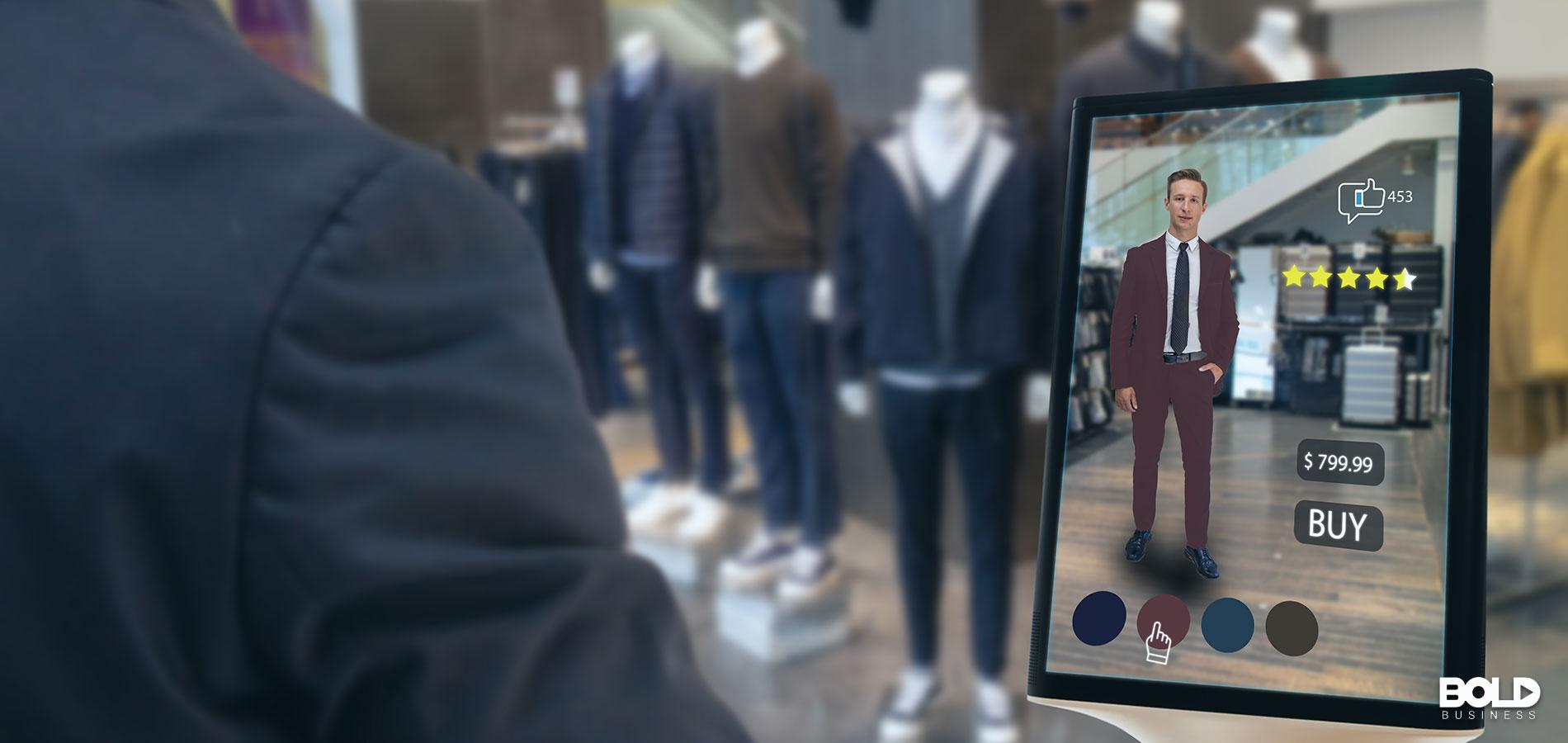
Fashion meets AI: virtual fitting rooms, digital wardrobe assistant
In an era where technology weaves itself intricately into every facet of our lives, the fashion industry stands at the forefront of this revolution. Gone are the days of traditional shopping sprees and cumbersome fitting room experiences. With the advent of artificial intelligence, we are witnessing a transformative shift, where the fusion of fashion and technology promises to redefine the way we curate our wardrobes. Enter the world of virtual fitting rooms and digital wardrobe assistants-innovative tools that not only enhance personal style but also improve the shopping experience. This article delves into the exciting intersection of fashion and AI, exploring how these advancements enable us to visualize our looks, streamline our choices, and ultimately revolutionize how we express ourselves through clothing. Join us as we embark on a journey through the pixelated runway of the future, where the possibilities of style are limited only by our imagination.
Q&A
Q&A: Fashion Meets AI – Virtual Fitting Rooms & Digital Wardrobe Assistants
Q1: How is AI transforming the fashion industry?
A1: AI is revolutionizing the fashion landscape by introducing innovative tools that enhance customer experiences and streamline processes. From virtual fitting rooms that allow customers to “try on” clothes digitally, to personalized digital wardrobe assistants that curate choices based on individual styles, AI is reshaping how we shop and interact with fashion.
Q2: What exactly is a virtual fitting room?
A2: A virtual fitting room is a digital platform that enables customers to try on clothing virtually, using their smartphone or computer. Utilizing augmented reality (AR) and 3D modeling technologies, these tools allow users to see how garments would look on their own avatars or even their own images, creating a personalized shopping experience from the comfort of home.
Q3: What are the benefits of using virtual fitting rooms?
A3: Virtual fitting rooms offer several advantages, including reducing return rates by ensuring better fit, saving time by allowing instant try-ons, and enhancing customer confidence in their purchases. Additionally, they create a fun and interactive shopping experience that can drive engagement and loyalty to brands.
Q4: Can you explain how a digital wardrobe assistant works?
A4: A digital wardrobe assistant acts like a personal stylist powered by AI algorithms. It analyzes your existing wardrobe, suggests outfits based on the latest trends, and even recommends new clothing items that complement your style. By considering your preferences, occasions, and weather, it helps users maximize their wardrobe’s potential while minimizing decision fatigue.
Q5: Are there any challenges associated with these technologies?
Meet N1X Da Queen Of A-Pop
N1X Da Queen Of A-Pop Sign up And Enter Her World Streaming Exclusive Music From N1X And Da Super Group Da Queens
Only On N1XMusic.com

A5: While virtual fitting rooms and digital wardrobe assistants offer many benefits, challenges remain. Ensuring realistic portrayals of fit and fabric on different body types can be tricky. Privacy concerns also arise with the data collected from users. Brands must navigate these issues responsibly to build trust and ensure customer satisfaction.
Q6: How is consumer behavior changing with these advancements?
A6: As consumers increasingly embrace technology, their shopping habits are evolving. They demand convenience and personalization, expecting tailored experiences that match their lifestyles. Virtual fitting rooms and wardrobe assistants meet these needs, allowing shoppers to engage in more thoughtful purchases and reducing impulse buys.
Q7: What does the future hold for fashion and AI collaboration?
A7: The future looks bright for the intersection of fashion and AI. We can anticipate more advancements in personalization, including AI-powered trend forecasting, sustainable fashion recommendations, and enhanced virtual experiences. This synergy promises to create a more versatile, accessible, and user-friendly fashion landscape for all.
Q8: How can consumers adapt to these new technologies?
A8: To adapt, consumers should embrace these technologies as tools that enhance their shopping experience. Exploring virtual fitting rooms and digital wardrobe assistants can help them discover new styles and make more informed choices. Furthermore, sharing feedback can contribute to the ongoing improvement of these innovative solutions.
In Summary
As we stand at the intersection of fashion and technology, the emergence of virtual fitting rooms and digital wardrobe assistants is reshaping the way we experience style. No longer confined to the constraints of traditional shopping, consumers now find themselves empowered by AI-driven innovations that enhance personal expression and streamline decision-making. The journey toward a more inclusive, sustainable, and tailored fashion experience is just beginning, inviting each of us to explore our unique style in ways previously unimaginable. As these digital tools continue to evolve, they promise not only to redefine our relationship with clothing but also to challenge the status quo of the fashion industry itself. Together, let’s embrace this exciting future where fashion meets technology, transforming how we envision our wardrobes, one pixel at a time.
Are you a content creator or someone with a big social media following?
Want to earn real cash promoting The Queen of A-POP?
Join the N1X Music Promoter Program — it’s as easy as:
1️⃣ Sign Up
2️⃣ Promote
3️⃣ Get Paid






No Comments